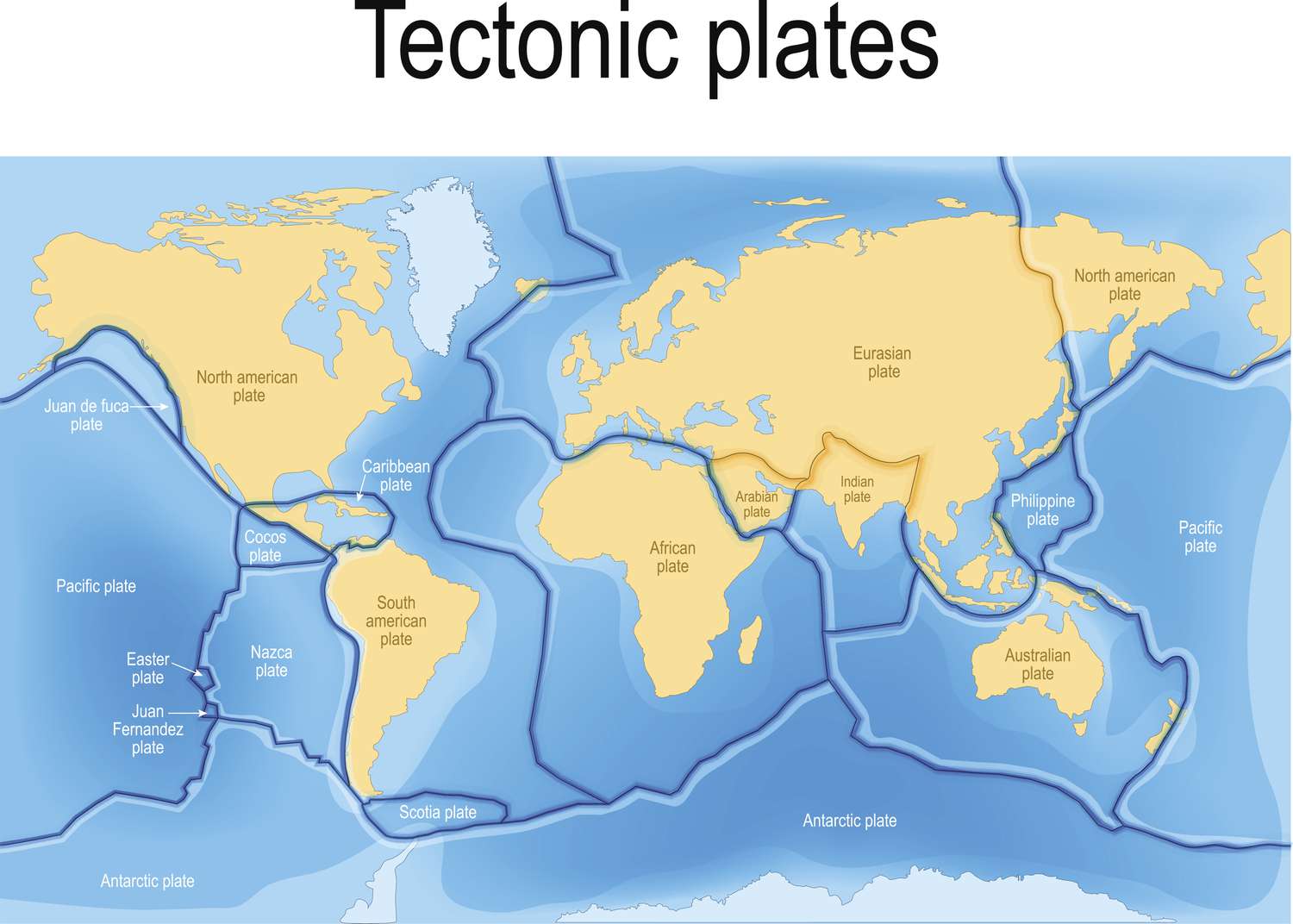
How does Earth's core stay as hot as surface of Sun for billions of years?
The structure of planet Earth is similar to that of an onion - composed of successive layers. The uppermost layer is the Earth's crust, below that is the mantle, consisting mostly of solid rock. Below that is the outer core, consisting of liquid iron, and then the inner core, consisting of solid iron, which is about 70% of the size of the Moon. The closer we get to the Earth's core, the higher the temperature, and some parts of the core are as hot as the surface of the Sun. But why is this so, and how is it that over millions of years, the Earth's core has retained its heat until today?
Journey to the center of the Earth
According to Space.com, scientists use seismic vibrations to understand what's in the Earth's crust. At a depth of 30 kilometers, the Earth's crust is still floating on top of the mantle. The top layer of the Earth's crust usually moves with the Earth's crust. Together they are called the lithosphere, which is on average about 100 kilometers thick, although it may be thicker in some places.
The lithosphere is divided into several large blocks called tectonic plates. They cover the Earth's surface, joining together like pieces of a jigsaw puzzle. In addition, these plates are not in a static state. they shift, sometimes by as little as 1-2 cm over the course of several years, sometimes more and more suddenly. It is this movement that causes earthquakes and volcanic eruptions.
Moreover, the movement of tectonic plates is crucial and drives the evolution of life on Earth, as moving plates change the environment and force life on Earth to adapt to new conditions.

The heat is on
Plate motion require a hot mantle. The closer you get to the Earth's core, the higher the temperature.
At the bottom of the plates, at a depth of about 100 kilometers, the temperature is about +1300 degrees Celsius. At the boundary between the mantle and the outer core, which is at a depth of 2900 kilometers, the temperature is about +2700 degrees Celsius. And already at the boundary between the outer core and the core, the temperature doubles, reaching 6,000 degrees Celsius. It is this part that is as hot as the surface of the Sun.
At this high temperature, almost everything evaporates and turns into gas. But because the core is under high pressure deep inside the planet, the iron that makes it up remains liquid or solid.
Where, after all, does this heat come from?
The question arises, however, where does so much heat come from. Naturally, not from the Sun. Although the Sun warms us and all the plants and animals on the surface of the Earth, Sunlight cannot penetrate much into the interior of the Earth, much less to such great depths.
In fact, there are two sources of heat. One is the heat that the Earth inherited during its formation 4.5 billion years ago. The Earth was formed from the solar nebula, a giant gas cloud, by endless collisions and mergers of rocks and debris, a process that took tens of millions of years.
The collisions produced an enormous amount of heat, enough to melt the entire Earth. Some of this heat escaped into space, while the rest stayed inside the Earth, where much of it remains today.
Another source of heat is the decay of radioactive isotopes, which occurs everywhere on Earth. Radioactive isotopes are unstable. They give off a constant stream of energy, which is converted into heat. Potassium-40, thorium-232, uranium-235, and uranium-238 are radioactive isotopes that warm the Earth's core. Along with the hot core and mantle, these energy-releasing isotopes provide the heat for tectonic plate movement.
No heat, no plate movement, no life
Even now, moving tectonic plates continue to change the Earth's surface, constantly creating new land and new oceans over millions and billions of years. Tectonic plates also affect the atmosphere over the aforementioned long period.
Without the Earth's internal heat, the tectonic plates would not move. As a result, the Earth would freeze. Our world would probably be uninhabitable.
- Related News
- "AMADEE-24" Mars Analog Research Mission in Armash came to an end
- NASA creates new generation solar sail: What is it for?
- Flying object resembling surfboard was detected in Moon’s orbit: What is it in fact?
- Total solar eclipse on April 8, 2024: The most impressive photos
- Total eclipse of Sun will take place today: From which parts of the country will it be seen?
- Amateur astronomer from Crimea discoves potentially dangerous asteroid for Earth
- Most read
month
week
day
- iPhone users are advised to disable iMessage: What risks are hidden in it? 1378
- New Macs based M4 chip will get up to 512 GB of integrated memory, M4 is expected to be released in late 2024 1121
- Problems with Android 15: NFC contactless payments no longer work on smartphones with updated operating systems 1061
- Pavel Durov gives interview to Tucker Carlson: From 3-hour interview, less than hour appears in final version 931
- What are the best selling smartphones in the world? 858
- Key Google Pixel feature will soon be available on iPhone as well 748
- Wildberries Travel service is already available for Armenia and other CIS countries 730
- AMD Ryzen 7 processor, 24 GB of RAM and only $550: Mechrevo presents inexpensive and powerful laptop (photo) 727
- The 5 most controversial buildings ever built: Bold design or complete failure? (photo) 722
- Black Shark smart ring from Xiaomi to have interesting characteristics and phenomenal autonomy: 180 days of operation without recharging (photo) 690
- Archive
